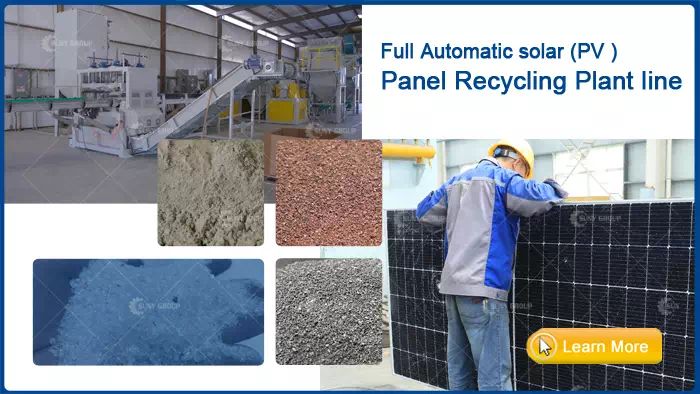How are solar panels recycled?
Solar panels have become an increasingly common sight on rooftops as more homes and businesses embrace solar power. However, after 20-30 years of use, solar panels will eventually reach the end of their useful life and need to be replaced. This raises an important question – how are old solar panels recycled and disposed of at the end of their useful life?
The solar panel recycling process involves several key stages and techniques:
Collection and transportation
When removing solar panels during a roof replacement or system upgrade, they must first be carefully collected. Older panels are disconnected from the mounting system, and packaging is often placed on the panel to protect its glass side during shipping. The panels are loaded onto trucks and transported to a solar panel recycling facility. Proper handling at this stage can prevent damage that could compromise recovery rates.
Dismantling and classification
Once at the recycling plant, the solar panels go through a disassembly process to separate out the different components. Workers first remove the aluminum frame around the solar cells using specialized frame removal equipment. Next, remove the junction box on the back of the panel so you can remove the wires.
Then, the glass on the solar panel is dusted, and the glass on the solar panel is completely removed by the solar non-glass removal equipment developed by SUNY GROUP.
Finally, the solar panels that have been removed from the glass are crushed, sorted and recycled to obtain the metals and non-metals inside.
Glass processing
By weight, the glass substrates that make up the majority of solar panels can be recycled into new glass products. Broken or damaged glass may first need to be broken into smaller pieces using a glass breaker. The glass shards are then melted in a high-temperature furnace at 1,292-1,832 degrees Fahrenheit.
The process separates out any non-glass contaminants, such as polymer backsheets or metal contacts, that float to the top of the molten glass in a process called refractory. The purified glass material can then be shaped or reshaped into new products such as fiberglass insulation, glass bottles or container glass. Some recycled glass can even be reused in new solar panels.
Recycled metal
The entire solar panel contains various precious and base metals, which have high recycling value. Recycled aluminum is recycled into new aluminum products. Electrical contacts made of silver, copper and other materials are further processed and refined to separate and recover their pure metal components. Metal requires more energy-intensive recycling than glass, but recycling metal from end-of-life panels helps conserve natural resources.
The complete set of solar panel recycling production line developed by SUNY GROUP can make almost all components of solar panels can be recycled, reused or used as fuel for power generation. A circular solar economy will facilitate greater adoption of renewable energy technologies while minimizing environmental impact throughout the life cycle.




